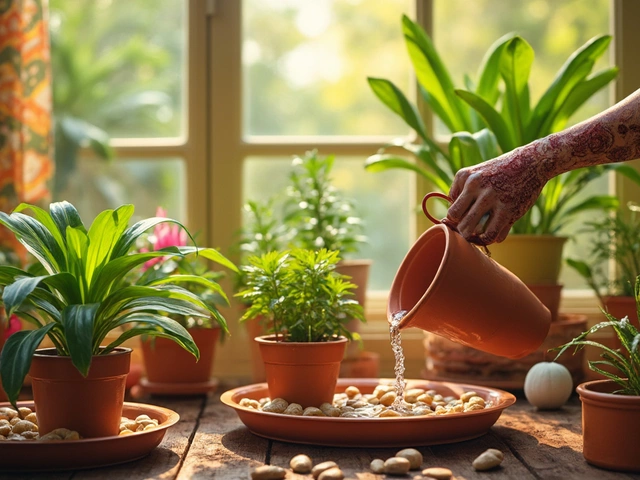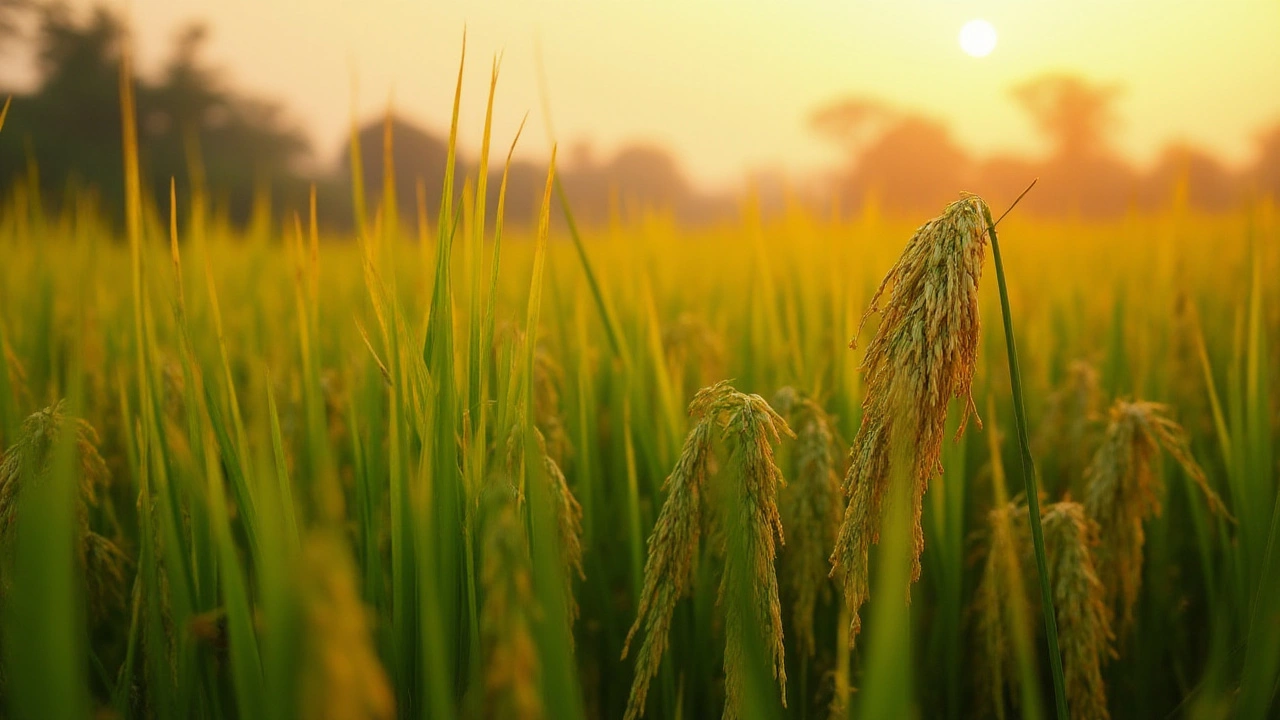Rice Yield per Plant: What to Expect and How to Improve It
If you’re planting rice in your backyard or a small field, the first question that pops up is: how much grain will each plant give? The answer isn’t a one‑size‑fits‑all number. A healthy rice plant can produce anywhere from 70 to 150 grains, which equals roughly 20–30 grams of milled rice. That range depends on variety, soil quality, water management, and a few simple practices you can control.
Key Factors That Decide Grain Count
Think of a rice plant like a tiny factory. The better the raw materials and conditions, the more output you get. Here are the biggest levers:
- Variety: Short‑grain Indian varieties such as IR64 often yield higher grain numbers than traditional tall types.
- Soil: Loamy, well‑drained soil with a pH of 5.5–6.5 supplies the nutrients the plant needs. Heavy, compacted soil chokes roots and drops grain count.
- Water: Rice loves standing water, but too much depth can suffocate roots. Keep the water level around 5‑7 cm during vegetative growth and raise it to 10 cm for flowering.
- Fertilizer: A balanced N‑P‑K mix (nitrogen = 120 kg/ha, phosphorus = 60 kg/ha, potassium = 40 kg/ha) boosts panicle formation, which directly adds grains.
- Plant density: Spacing 15 cm between plants and 20 cm between rows gives each plant enough room to develop full panicles.
Adjusting any of these factors can swing your per‑plant yield by 20‑30 %.
Practical Tips to Raise Your Rice Yield per Plant
Now that you know what matters, let’s talk about actions you can take this season:
- Test and amend your soil: A quick soil test reveals pH and nutrient gaps. Add lime to raise pH or gypsum to improve structure if needed.
- Use certified seed: Certified seeds guarantee uniform germination and disease resistance, giving each seedling a strong start.
- Practice proper water timing: Drain the field for a few hours after the flowering stage to encourage stronger grain filling.
- Apply split nitrogen doses: Give half the nitrogen at tillering and the rest at panicle initiation. This prevents lodging and promotes more grains per panicle.
- Control weeds early: Weeds compete for nutrients and sunlight. A single weeding at the 3‑leaf stage can add up to 10 % more grains per plant.
Following these steps doesn’t need fancy equipment—just a bit of attention and the right timing.
When you total up the numbers, a well‑managed rice plant can easily meet or exceed 100 grains, translating to around 25 grams of polished rice. Multiply that by a modest 20,000 plants per acre, and you’re looking at 500 kg of rice per acre—definitely enough to feed a small family.
Remember, the goal isn’t just more grains; it’s consistent quality. Healthy grains mean better cooking quality and higher market price. Keep records of seed variety, fertilizer timing, and water depth each season. Over time, you’ll spot the tweaks that give you the biggest jump in yield per plant.
How Many Rice Grains from One Plant: Surprising Yield Facts You Need to Know
Ever wondered how many rice grains grow on a single plant? Discover fascinating yield numbers, plant growth facts, and practical tips for maximizing your rice harvest.
About
Rice Cultivation
Latest Posts


Discover India's All-Season Wonder: The Marigold
By Alden Thorne Mar 23, 2025

How to Take Care of Indoor Plants: Simple Tips for Thriving Houseplants
By Alden Thorne Aug 8, 2025

Pebble Tray Care: How Often Do You Need to Fill It?
By Alden Thorne May 20, 2025

